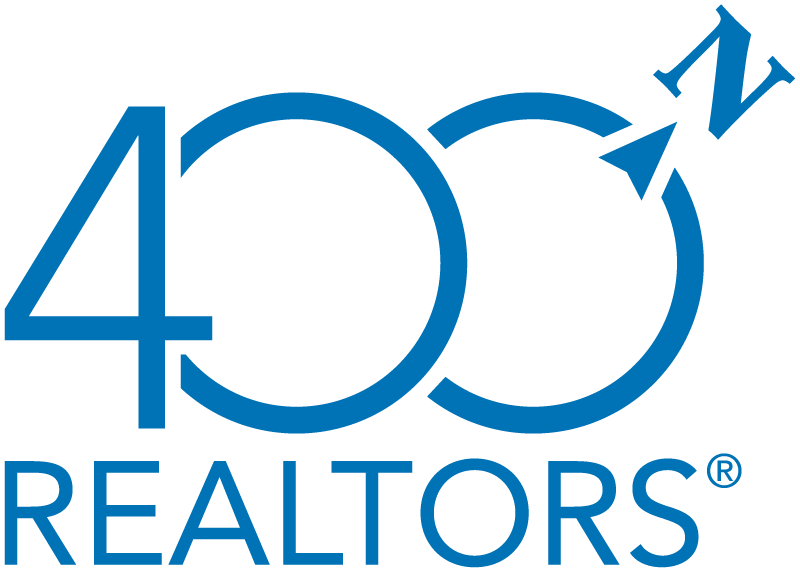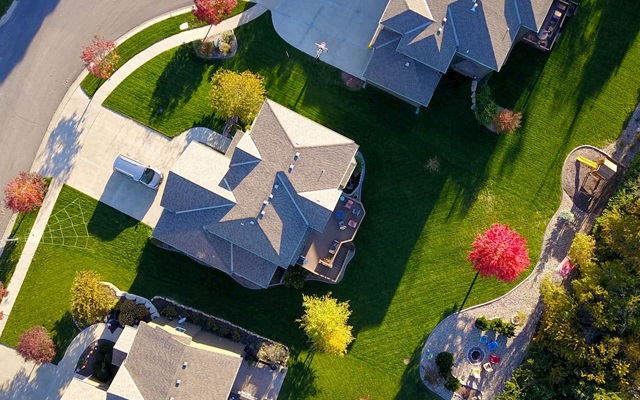Safety
REALTOR® Safety Matters for Commercial Professionals
May 27, 2020
While the most publicized physical attacks on real estate agents have involved residential agents, commercial agents are equally at risk. Additionally, it' important to remember that not all safety and security risks are external.
Currently, many markets are faced with a high office and industrial vacancy rate. These properties present huge risks to REALTORS® because they are typically isolated from populated areas, and are often difficult to access. Many of the same safety tips employed by residential agents are relevant for commercial practitioners including care with personal information, verifying customer information, announcing your showings, scouting locations early, and keeping phone in hand. Many office, multifamily and industrial properties have security cameras and security systems, which will not be very helpful if nobody knows you're there. Finding the criminal after the crime is committed is not as beneficial as thwarting the criminal before or during the crime by having the appropriate maintenance and risk management processes in place. IREM offers a number of forms and checklists(link is external) for both residential and commercial properties for this purpose.
Vacant land listings present unique challenges to safety and security because large parcels with woodlands offer obstructions to view of passersby. Vacant land parcels also contain ditches and low spots that present accident hazards. It is not uncommon for farmers to bury tree stumps, pesticides, construction debris, used tractor batteries, and other such materials in their properties, which create obvious safety risks. Prepare in advance by following the advice of REALTORS® Land Institute's 2015 President Terri Jensen, who published a useful article on how to stay safe in rural environments.
New construction sites for multi-family, self-storage, or any other large commercial property present hazards due to the overall size of some projects, and obstructions like fencing often prevent full views to the backs of the properties. Personal safety basics like wearing appropriate gear (e.g., hard hats, sturdy shoes) and making sure the property has adequate lighting are easy ways to protect yourself. The International Association of Certified Home Inspectors(link is external) and Insurance Institute for Business & Home Safety(link is external) have both published articles with additional safety tips relevant for commercial professionals who work with varying property types.
Smartphone apps and other safety products enable agents to send alert signals via phone, text, social networks and email to your emergency contacts along with a GPS location; a list of expert resources is available on the NAR website. Preparing a prospect form, an agent form, and an itinerary form, among others, will allow your co-workers and family members to know where you are, and who you are with. Developing a distress code will likewise allow you to alert others to send help.
Not all risks to real estate agents are external. Commercial property brokerage is a high-stress profession, and the threat of heart attack or stroke is ever present; for instance, if an agent goes into cardiac crisis, every moment is crucial. Being able to quickly contact emergency responders is critical to survival. Adding ICE (In Case of Emergency) entries into your smart phone's contact list enables any prospect or client to be able to dial directly to someone who can send immediate assistance. Dialing 9-1-1 is not always reliable on a cell phone, as some calls are directed to towers outside of the service area where the casualty actually occurs.
These tips are simple enough to incorporate into your business right away. The only thing more tragic than a REALTOR® being harmed while doing their job is knowing that the harm may well have been prevented with some simple best practices.

Philip McGinnis, ACoM, ALC, CCIM, of Dover, Delaware, brokers, manages, and appraises commercial properties, and has been active in REALTOR® Association activities for more than 35 years






